In project management, a work breakdown structure (WBS) is a technique for successfully completing a complicated, multi-step project. It’s a strategy for dividing and conquering enormous tasks in order to complete them more quickly and efficiently.
The goal of a work breakdown structure is to simplify the management of a large project. By breaking it down into smaller parts, work may be completed concurrently by several team members, resulting in increased team productivity and simplified project administration.
Primavera allows you to develop work breakdown structures (WBS) by first creating a project and then adding WBS up to many levels.
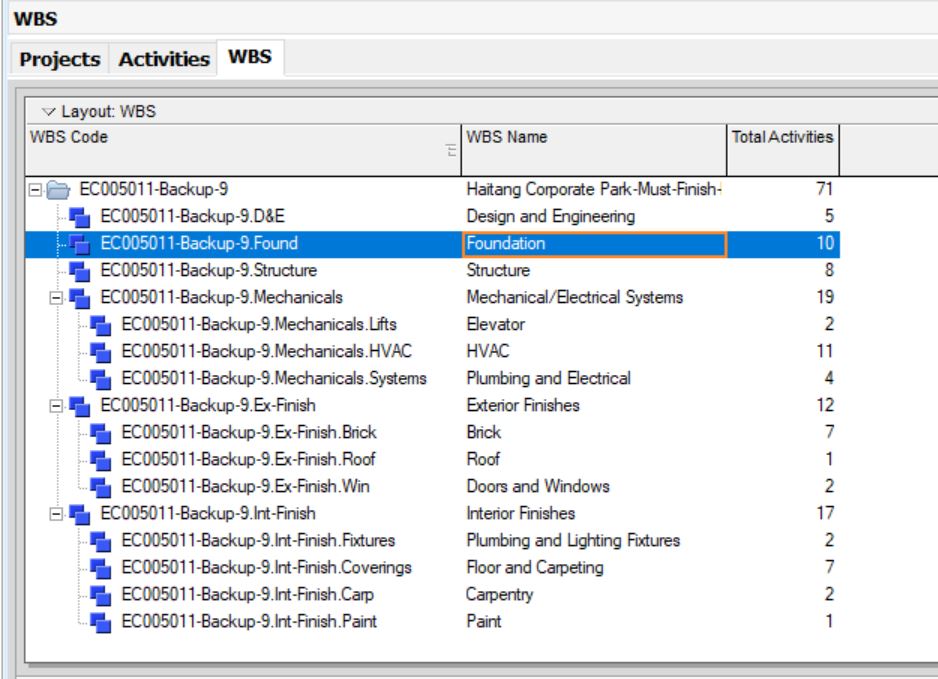
How to build a Work Breakdown Structure
Prior to developing a work breakdown structure, it is critical to do a scope assessment of the project by speaking with all stakeholders and key team members.
As the project manager, you’re responsible for gathering and openly prioritizing all key input and deliverables. You can use Gantt charts, flow charts, spreadsheets, or lists to illustrate the hierarchical organization of the activities required to accomplish the project.
Gantt charts illustrate the project timeline in a bar chart that divides time into intervals.
Flowcharts show how one task leads to another and are often used for process mapping, which shows all of the steps needed to complete an activity or produce a product.
Spreadsheets such as Microsoft Excel can be set up with cells organized horizontally by date and vertically by tasks so you can see where each task starts and ends on any given day.
Lists provide simple overviews of what needs to happen next, who’s responsible for it, when it should start/end, whether help is required etc.
After detailing the deliverables and tasks in chronological sequence, you may allocate each task to a project team member. Distribute tasks and responsibilities evenly across team members to ensure that no team member bears the majority of the project’s weight.
The Project Management Institute (PMI) defines a work breakdown structure (WBS) as “a deliverable-oriented hierarchical decomposition of the work to be executed by the project team to accomplish the project objectives and create the required deliverables.”
Each WBS level gives a more precise specification of the work required to finish the project.
According to PMI’s definition, a work breakdown structure must be created in such a way that each new level in the hierarchy contains all of the work required to fulfill its parent task.
This means that every parent task element must have more than one child task within it to consider the parent task element complete.
Examples of work breakdown structures
Each project’s work breakdown structure may be unique.
As a project manager, you may need to experiment to determine which work breakdown structure is ideal for you and your team. The objective is to demonstrate the hierarchy of your projects and to make progress transparent to all stakeholders, whether they are team members or external stakeholders.
Here are some examples of work breakdown structures. You may use any of them to create an outline for your work breakdown structure.
WBS spreadsheet: You may easily format your work breakdown structure in a spreadsheet by recording the various stages, tasks, and deliverables in columns and rows.
WBS flowchart: A diagrammatic workflow can be used to structure your WBS. This is a visual representation of the work breakdown structure. It’s built to visualize and describe your project by mapping out each step in detail.
Diagrammatic workflow can be used as a communication tool when you want to succinctly explain what will happen on your project, how long it might take, or any risks that could appear along the way.
The majority of WBS examples and templates available online are flowcharts.
WBS list: Your work breakdown structure might be as simple as a list of tasks, deliverables, and subtasks. This is the simplest method for creating a work breakdown structure.
Work breakdown structure Gantt chart. You may build your work breakdown structure as a Gantt chart, which is a combination of a spreadsheet and a timetable. With a Gantt chart-based work breakdown structure, you may connect task dependencies and visualize project milestones.
Also, read about what is scope in Project Management?
An illustration of a Work Breakdown Structure
When properly designed, the work breakdown structure serves as a road map for guiding a team through the process of completing projects, whether simple or complicated.
The following is an illustration of a work breakdown structure.
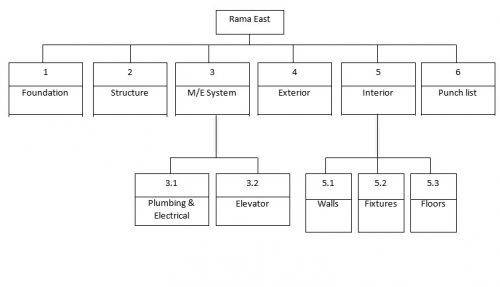
What is the difference between a work breakdown schedule and a work breakdown structure?
Numerous detailed project documentation supplement the Work Breakdown Structure. Among these are a risk management strategy, a quality management strategy, a procurement strategy, a communications strategy, a staffing strategy, and a work breakdown schedule strategy.
The work breakdown schedule details the start and end dates of all tasks, activities, and deliverables indicated in the Work Breakdown Structure.

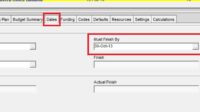

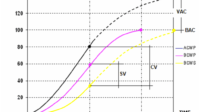
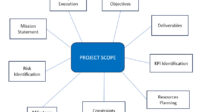

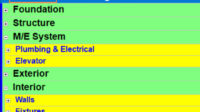
Hello, primaverareader team! I just finished reading your article on “What is Work Breakdown Structure in Project Management?” and I wanted to drop a comment to express my appreciation. Your blog post provides a clear and concise explanation of the Work Breakdown Structure (WBS) concept, making it an excellent resource for project managers and anyone interested in project management.
I loved how you demystified the WBS and broke down its purpose and benefits in a straightforward manner. The way you described how the WBS helps in organizing and structuring complex projects into manageable tasks is particularly helpful. It’s evident that you understand the importance of this foundational technique in project planning and execution.
Your step-by-step guide on creating a WBS was fantastic! The detailed explanation of how to break down deliverables into sub-deliverables and work packages really demystified the process for readers. The real-life example of building a WBS for a construction project was a brilliant way to showcase the practical application of this technique.
I also appreciated how you highlighted the role of the WBS in resource allocation, cost estimation, and overall project control. It’s an essential tool for effective project management, and your article does an excellent job of conveying its significance.
Thank you for sharing this valuable knowledge on WBS. Your article is a must-read for project managers and teams looking to enhance their project planning and organization. Keep up the fantastic work, and I’m looking forward to more informative content from primaverareader! Cheers!
Highly Recommended to all. For More Information Please Visit: https://pmaspire.com/best-volunteer-management-system/